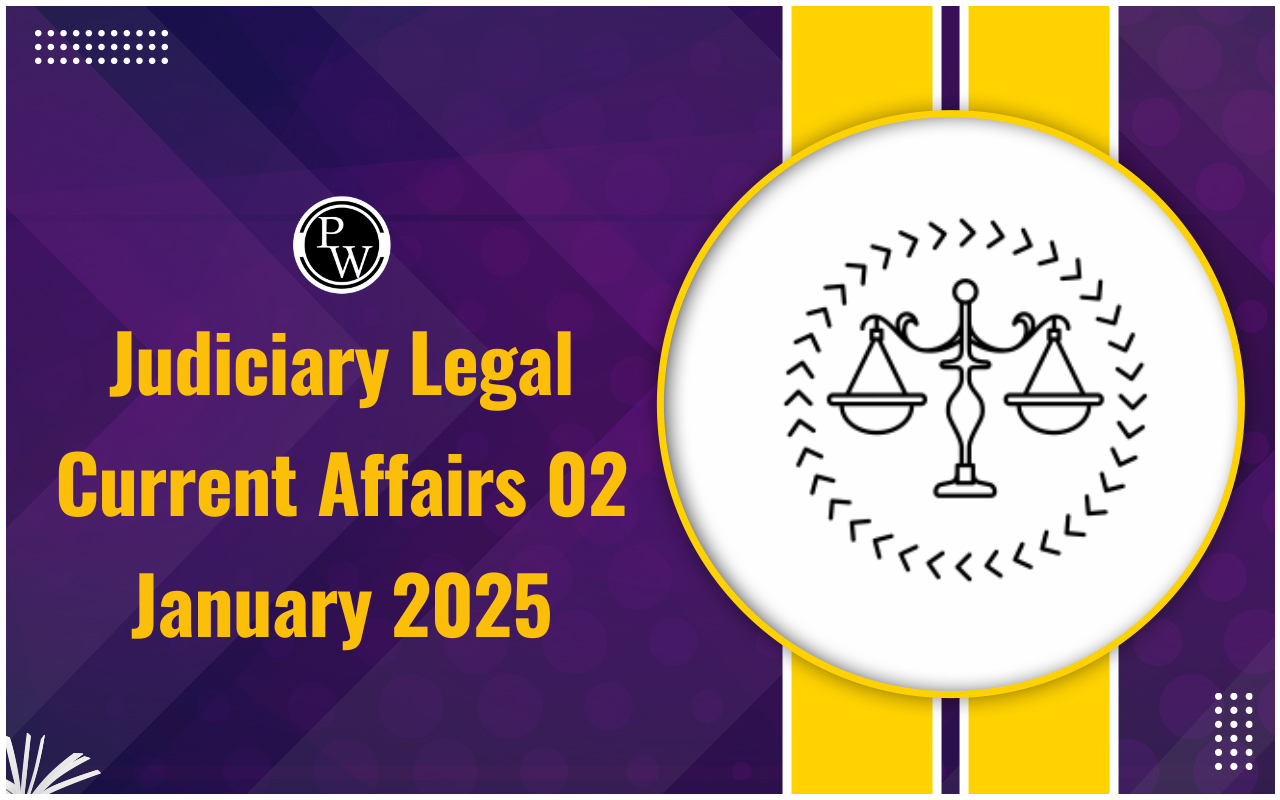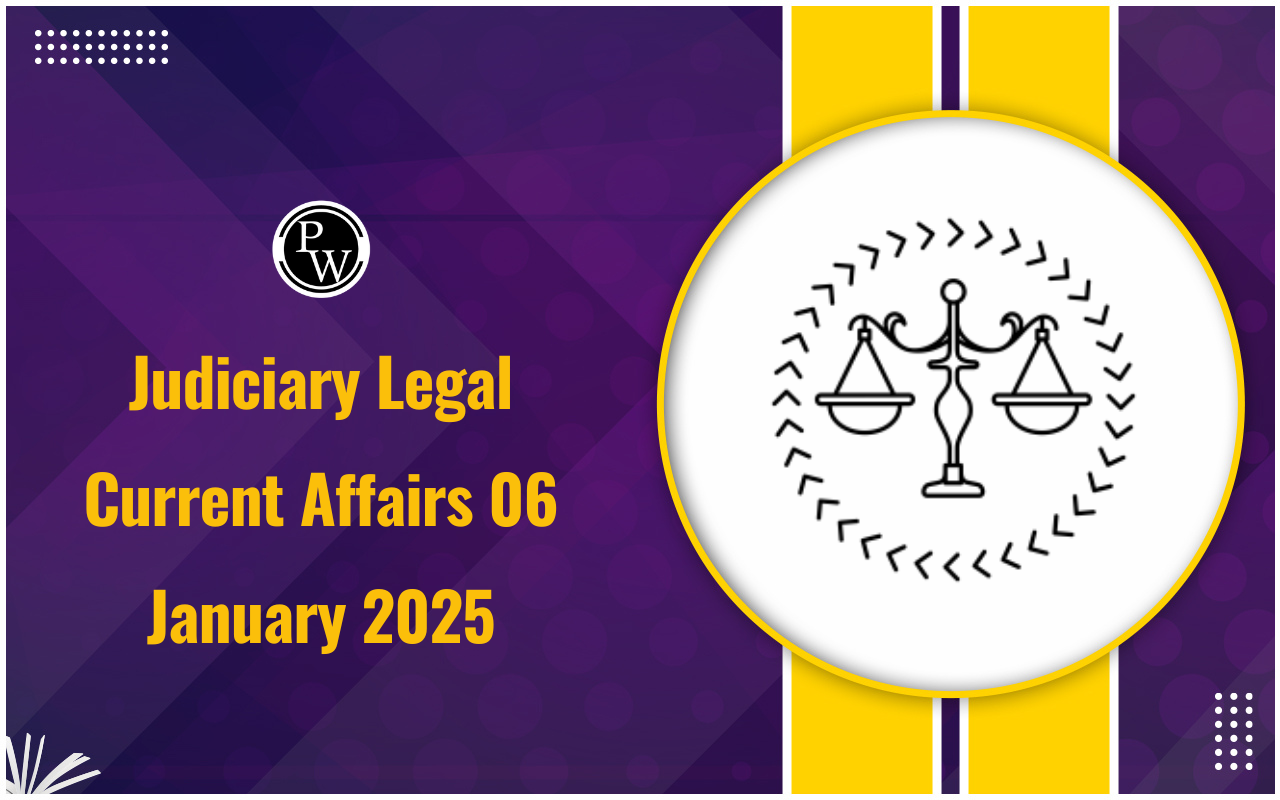
Types of Soil in Odisha: Odisha, located in the eastern region of India, covers an area of 15.57 million hectares with a tropical climate marked by high temperatures and moderate rainfall. The Northern Plateau, Central Tableland, Eastern Ghats, and Coastal Plains are the four physiographic zones that make up the state. On the basis of landform, topography, climate, soil, and crop adaptability, ten agroclimatic zones have been identified. Each of the eight major groups that make up Orissa's soils—which are divided into four orders, ten suborders, and eighteen large groupings—presents different difficulties and limitations for agriculture, making productivity growth a priority.
Types of Soil in Odisha
The diversified Indian state of Odisha has a large variety of soil types that are influenced by its distinct climate and geography. Odisha's soils can be broadly divided into three types: forest-associated soils, coastal salty soils, and soils that combine red and black variations. Each variety adds to the agricultural diversity and productivity of the state by offering unique traits and opportunities.-
Red Soil
-
Mixed Red & Yellow Soil
-
Laterite Soil
-
Coastal Saline & Alluvial Soil
-
Deltaic Soil
-
Black Soil
-
Brown Forest Soil
-
Mixed Red & Black Soil
Types of Soil in Odisha FAQs
Which soil types are most prevalent in Odisha?
Coastal sandy soil, deltaic soil, black soil, black cotton soil, red soil, laterite soil, alluvial soil, and saline alkaline soil are the primary soil types in Odisha.
Where in Odisha is red soil found?
The western and southern regions of Odisha, specifically the districts of Phulbani, Kalahandi, Bolangir, Sundargarh, and Koraput, are typically home to red soil.
Why is black cotton soil another name for Odisha's black soil?
Because of its capacity to hold onto moisture, black soil—which is mostly found in the districts of Kalahandi and Bargarh—is often referred to as black cotton soil. This property makes it perfect for growing cotton.
🔥 Trending Blogs
Talk to a counsellorHave doubts? Our support team will be happy to assist you!

Free Learning Resources
PW Books
Notes (Class 10-12)
PW Study Materials
Notes (Class 6-9)
Ncert Solutions
Govt Exams
Class 6th to 12th Online Courses
Govt Job Exams Courses
UPSC Coaching
Defence Exam Coaching
Gate Exam Coaching
Other Exams
Know about Physics Wallah
Physics Wallah is an Indian edtech platform that provides accessible & comprehensive learning experiences to students from Class 6th to postgraduate level. We also provide extensive NCERT solutions, sample paper, NEET, JEE Mains, BITSAT previous year papers & more such resources to students. Physics Wallah also caters to over 3.5 million registered students and over 78 lakh+ Youtube subscribers with 4.8 rating on its app.
We Stand Out because
We provide students with intensive courses with India’s qualified & experienced faculties & mentors. PW strives to make the learning experience comprehensive and accessible for students of all sections of society. We believe in empowering every single student who couldn't dream of a good career in engineering and medical field earlier.
Our Key Focus Areas
Physics Wallah's main focus is to make the learning experience as economical as possible for all students. With our affordable courses like Lakshya, Udaan and Arjuna and many others, we have been able to provide a platform for lakhs of aspirants. From providing Chemistry, Maths, Physics formula to giving e-books of eminent authors like RD Sharma, RS Aggarwal and Lakhmir Singh, PW focuses on every single student's need for preparation.
What Makes Us Different
Physics Wallah strives to develop a comprehensive pedagogical structure for students, where they get a state-of-the-art learning experience with study material and resources. Apart from catering students preparing for JEE Mains and NEET, PW also provides study material for each state board like Uttar Pradesh, Bihar, and others
Copyright © 2025 Physicswallah Limited All rights reserved.
Get App









